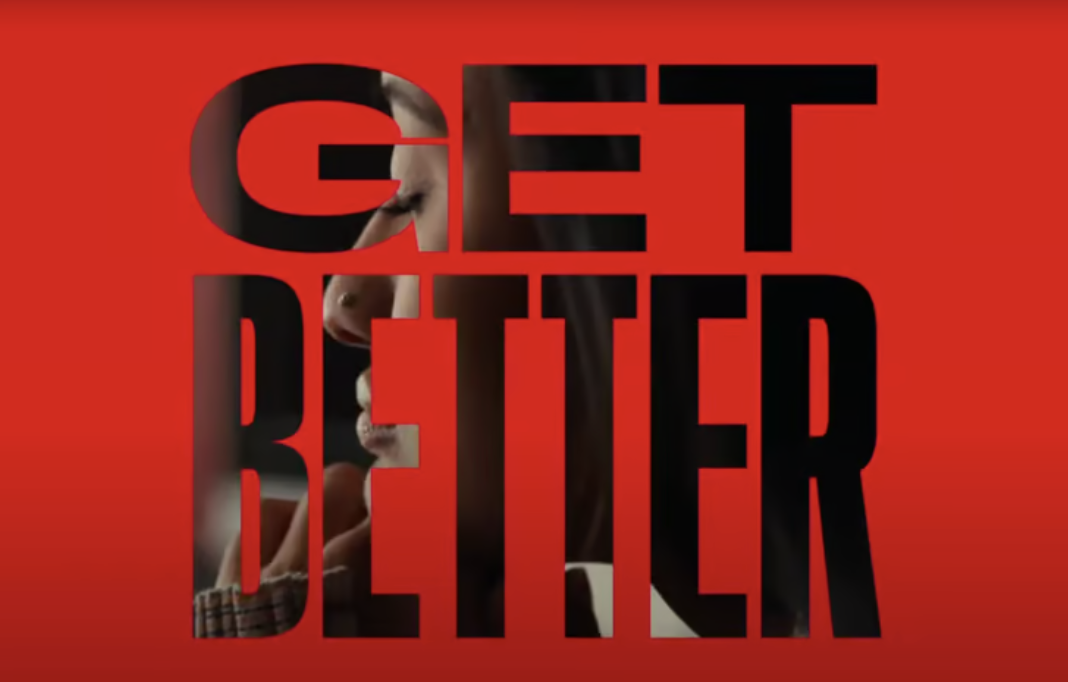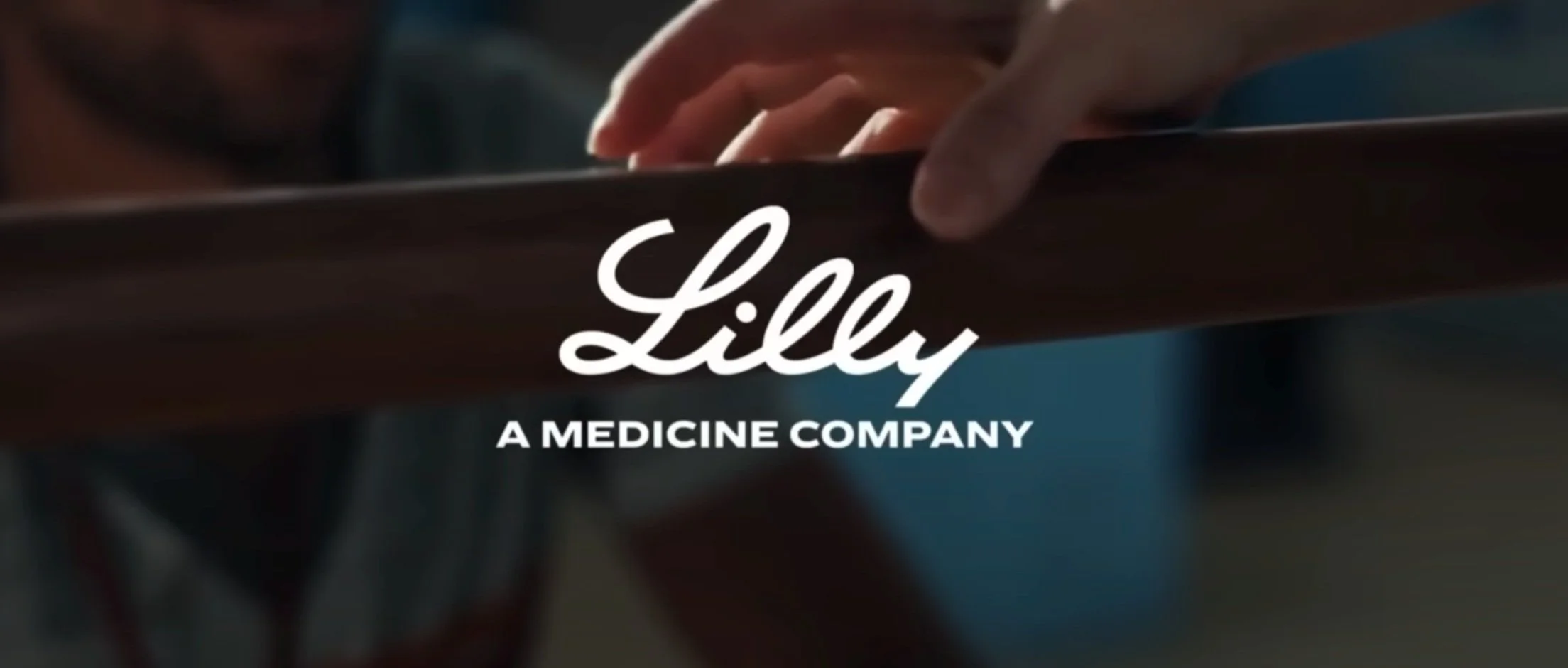New DTC Marketing: Bringing our true customers along on our quest
by Renny Gleeson (Managing Director, Marketing) and Chris Morrison (Editor), RA Capital
February 18, 2024
Once upon a time, speaking up for biopharma innovation didn't seem all that important, or even necessary. We didn’t worry about public opinion because the benefits of new therapeutics, the case for continued progress, and the value of medicine to people and society were so clear, there seemed to be no need to promote our ongoing quests to improve health.
When our industry did speak, it was typically through drug-specific DTC ads that always ended in those comical speed-reads of adverse reactions. Sick people watching cable reruns and YouTube preroll were well informed of our latest accomplishments.
But in exclusively targeting the sick, we ignore the healthy people who pay the premiums that fund the insurance plans that pay for novel medicines and fuel the entire biotech ecosystem. If true customers are the ones who provide companies with revenue dollars, then healthy people are our industry’s true customers. Our DTC ads pitch our breakthroughs to patients, but what do we offer our true customers who were also watching but don’t need this or that drug because they are still mostly healthy?
The answer should be obvious but we’ve long overlooked it. To take a page out of the NFL playbook, consider this: fans LIKE games, but they LOVE the stories behind them – the hard work, rivalries, history, and context that make a game worth watching. For true fans, the wins are just part of the stories and struggles that play out over many games, over many seasons. We invented medicines and marketed the wins, but we didn’t inspire anyone with stories of the journeys. If they don’t see the struggles and losses, the wins aren’t all that interesting.
Of course traditional DTC ads aren’t just about touting wins but also making sure patients get the help they need, but we focused on the utility as if that was the only kind of public relations that mattered. Since healthy people didn’t need our products (yet), we mostly ignored them. But we are starting to see our error.
Absent hearing about us from us, our customers heard about us from others. The political and cultural conversations about healthcare, access to medicine, and drug costs became polarized, politicized, weaponized. The US population’s trust in science declined. Mass consolidation and vertical integration of insurers and benefit managers forced patients – patients with insurance – to shoulder more of the out-of-pocket (OOP) burden. People got angry, policymakers acted, and we learned the price of our silence. When the IRA imposed price controls on small molecules just nine years after launches, that was our true customers deciding to pay us less. After all, why should they pay more?
For most of them, the first time they heard from us about R&D and innovation was in our objections to them wanting to pay us less. Where was that message before?
For the last several years, the RA Capital team has been trying to make up for lost time. We helped found No Patient Left Behind (NPLB) to advocate for affordability and innovation, went on-the-record to promote and protect the US biotech innovation ecosystem, helped build consensus for improvements to existing legislation, called for proper insurance with low out-of-pocket costs, acknowledged the merits of all medicines going generic without undue delay, and helped people understand the true value of medicine. By publishing Community Quest stories in regional newspapers, we worked with scientists and innovators leading our companies to show how their communities were vital to their quests to tackle a particular disease (e.g. through the investments their pension funds make in biotech, by making medicines affordable to patients thanks to the insurance premiums they pay).
Over time, we’ve noticed more and more members of the biotech ecosystem get involved in this effort to inspire the public, both by supporting NPLB and writing their own op-eds.
Then on Sunday, February 4th, a biopharma giant joined in.
Seven days later on Superbowl Sunday, so did another.
Over the course of those seven days, we saw two biopharmas do cannonballs into the collective cultural pool with marketing efforts that just might impact the trajectory of the national conversation about medicine, science, and progress. Game on.
Sunday, February 4th: Lilly Gets Better
First out of the blocks was Eli Lilly.
In 2021, Lilly’s agency Wieden+Kennedy created a ninety-second film redefining Lilly as “A Medicine Company.” The strategy was built on an insight: Consumers might not care about pharma, but they care about medicine. The film’s narrator says “Love, shared with everyone who needs it. We make medicine not just for someone, but for everyone,” and ends with the Lilly logo over the line “A Medicine Company.” It was a nice choice to call themselves “a” medicine company, rather than “the” medicine company. Little things matter when it comes to a brand.
A brand foundation was laid.
On February 4th, 2024, Lilly unleashed “Get Better.”
A new film and two-page bright orange spreads in major US newspapers connected the medicine-company positioning to a tangible consumer benefit: “Get Better.” The left-hand page of each spread features the provocation: “If you’re lucky enough to live a long life, you will get sick.” After that hook, the right-hand page delivers their message:
“For all of us to get better,
it takes investing in research to find new treatments,
whether or not those investments come back.
It takes clinical trials which reflect everybody,
so we can make sure our medicine is made for everybody.
It takes scientists who persist in making new medicines,
even when it's easier to give up.
It takes a willingness to work with anyone
to find treatments no one could find on their own.
Because when medicine gets better, we all get better.
Get Better
A Medicine Company”
Get Better is a line and an idea that leaves space for the viewer to co-author a personal meaning. It’s an internal mantra and external promise. It’s also an invitation to “Get Better.”
“You Will Get Sick,” but you will “Get Better” – with Lilly.
The work is concise: long enough to be meaningful, short enough to be memorable; and complementary – every piece doesn’t have to say everything because the messages dovetail into a cohesive whole.
It speaks to purpose, not products, and ends with a poignant closeup: a patient undergoing physical therapy lifts their hand from parallel bars to (presumably) walk unassisted. The logo and line “A Medicine Company” appear. It’s literally and figuratively uplifting.
Well done, Lilly, well done.
While the work is great, what really matters is that Lilly is making a deeply human case for biomedical progress. This is not an ad for a single drug or a victory lap for their own achievements – they are speaking to all of us, sick and healthy.
And while healthy people may not be the ones directly benefiting from today’s wins, a compelling story about the fight between good (health) and evil (disease) might help make them today’s fans. And we sure do need more fans if we’re to have a shot at tomorrow’s biomedical breakthroughs.
Lilly is on a quest to make medicine better, and this spot is an invitation to join. They showed us the mission behind their medicines and added their voice to the broader cultural conversation about medicine, health, and progress. The language they use shares common DNA with NPLB, and we could not be more excited to see it.
“When medicine gets better, we all get better.”
Pfizer and the Killer Queen
Seven days later, on Superbowl Sunday, Pfizer had themselves a real good time. (Don’t stop them now.)
In the third quarter of the most watched Superbowl matchup in history, Pfizer debuted a sixty-second ad, “Here’s to Science.” The game had finally started to get interesting. Kansas City’s Harrison Butker nailed a 57-yard field goal to trim San Francisco’s lead to 10-6. It was about 9pm eastern, and cutaways to Taylor Swift were getting more frequent. Wherever you were, Freddie Mercury’s voice grabbed you as it poured from the animated mouths of (deep breath): Sir Isaac Newton, Archimedes, Grey’s Anatomy (the book, not the show), the subjects of Rembrandt’s “The Anatomy Lesson of Dr. Nicolaes Tulp” with the creepy-awesome corpse singing “I feel alive!” …
… Charles Pfizer and Charles Erhart (Pfizer Inc.’s founders), Rosalind Franklin, a Penicillin cameo, Copernicus, Marie Maynard Daly, a tardigrade (why not!), Hippocrates, Galileo, Mary Somerville, Einstein, and Nobel Prize winner Dr. Katalin Karikó (who tweeted about it).
Then Pfizer went big and announced their quest to “outdo cancer.”
The Queen song was an attention magnet; the animation a mix of awkward and awesome; the call-to-action compelling and sincere. The whole effort was so good-natured and enthusiastic we couldn’t help but sing along… until we choked up at the end when (spoiler alert) the smiling young girl who’d outdone cancer walked through cheering caregivers on her way home.
Pfizer gave us a moment before landing their tagline “Outdo Yesterday.”
This ad caught the public’s attention, which is of course why you advertise in the Superbowl in the first place. Reactions to Pfizer’s work are here, here, and here. You can find out who made the ad (Publicis), how many people watched it (pretty much most of the country?), its post-game memorability, and more. The effort extended beyond the game to a GMA segment and YouTube pre-roll ads running in front of pretty much whatever it was you really wanted to watch this past week (If you HAVEN’T seen the film, here’s a link. Watch it… we’ll wait.).
Maybe you liked it, maybe you didn’t. Not every promising therapy becomes a blockbuster. But whether “Here’s to Science” was subjectively good (it was) is almost beside the point: Pfizer took 123.7 million people on a whirlwind tour of historical scientific quests culminating in an invitation to join Pfizer’s quest to “outdo cancer.” It was a great example of purpose over product and a quantum leap beyond DTC featuring people singing about lowering their A1C in increasingly absurd town squares (though there’s a place for good pharma earworms, too).
A lot more people now know Pfizer is on a quest to cure cancer, that Pfizer is making significant investments in treating and curing cancer, and that Pfizer’s efforts will benefit us all. Viewers are more likely now to mentally link Pfizer to that effort, give Pfizer some credit for shouldering the challenge, and maybe even root for Pfizer to win, because it’s hard to hate on someone who’s just told you they’re trying to cure cancer.
Gold star, Pfizer, for re-engaging an increasingly skeptical public (with an assist from Queen) in one of the greatest quests of all time.
Bonus: Pfizer gave their employees a reason to be proud of the work they do. One pharma marketing expert told STAT:
“I think that there’s some need to re-engage the public. But I also think it’s more than just the consumers: This is perhaps also a signal to employees of the company who might be wondering, ‘Should we continue to be working for this company?’ to say, ‘Some great things have come out of this company and you’ve got to do great things.’”
Pradeep Chintagunta
Professor at the University of Chicago Booth School of Business who specializes in pharmaceutical marketing
What’s next?
After a slow start, this Superbowl turned out to be one of the best ever (among those that didn’t feature Nick Foles, anyway). KC won in OT, Pfizer found a lot of eyeballs, dads bonded with teenage daughters, memes were born.
Over the course of a week, two biopharma players entered the cultural conversation in big ways with messages that speak to our collective quest, not the usual FYIs of their past accomplishments. Pfizer and Lilly are using their marketing dollars to make the case for continued progress. We’re excited for them and hope more pharma will participate in the critical national conversations about health and biomedical innovation.
Momentum is building and March is coming: who will be next to come off the sidelines? where might their stories appear next? March Madness? The Oscars? Wherever it is, we’re here for it.
And stay tuned for more from us about how to make all these new biomedical innovations affordable that (spoiler alert) may change the way you see insurance.
For anyone who cares about the future of affordable innovation, it’s game time.
Please click here for important RA Capital disclosures.











